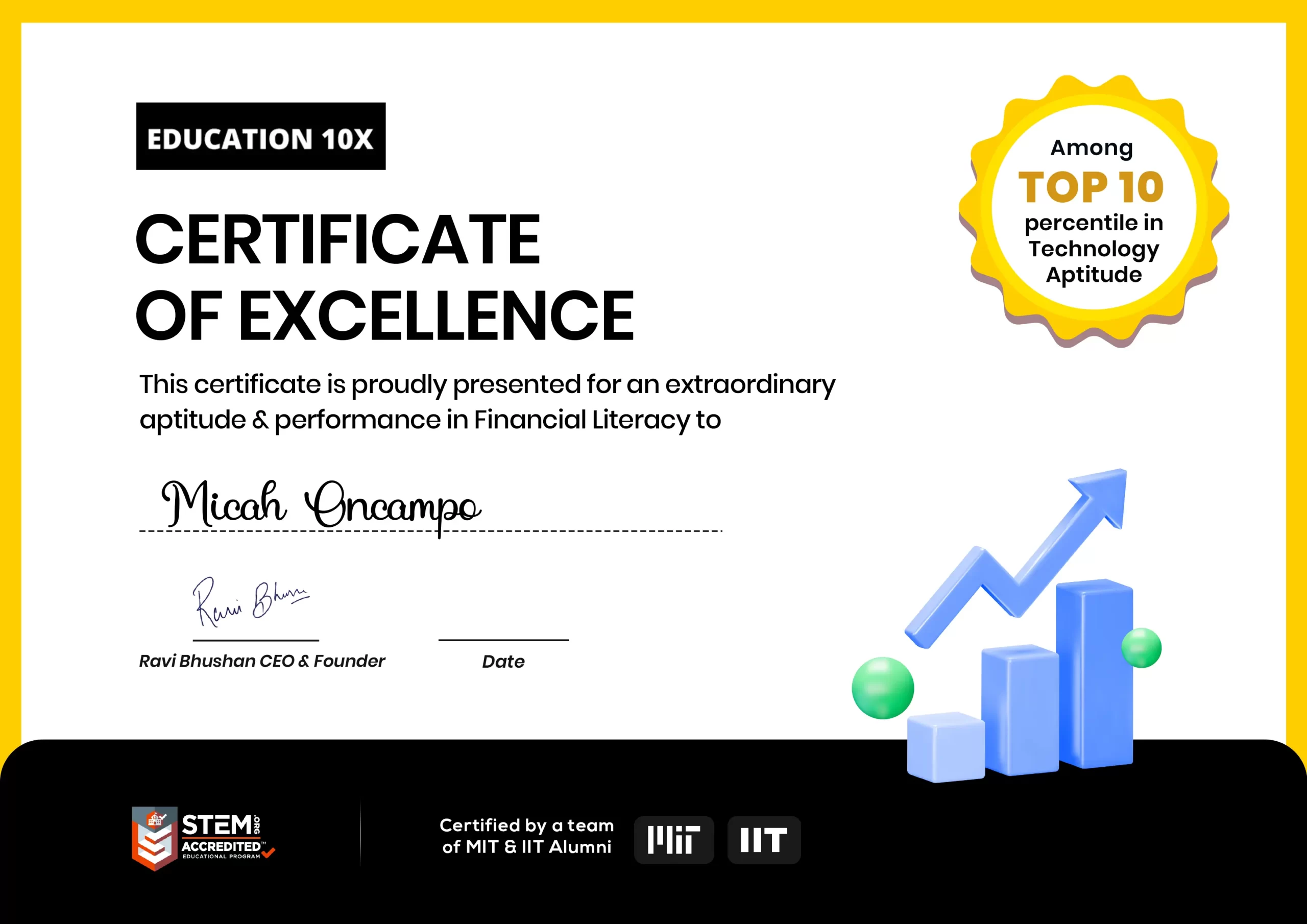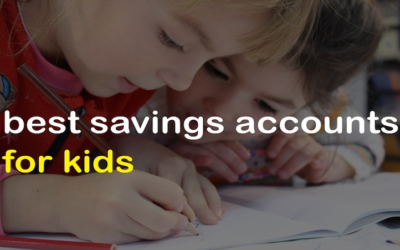In an era of tightening budgets and limited resources, educators face the ongoing challenge of delivering high-quality education while managing financial constraints. It’s a daunting task, but one that dedicated teachers tackle with determination and innovation.
In this article, we delve into the creative world of budget-friendly lesson planning, highlighting the importance of adaptability and resourcefulness in today’s educational landscape. As educators, we recognize that every dollar saved is an opportunity gained, an opportunity to enhance the learning experiences of our students without sacrificing educational quality.
Table of contents
Why Teaching Budgeting is Important

In our increasingly complex financial landscape, the significance of teaching budgeting is paramount. It serves as the cornerstone of personal financial prosperity, equipping individuals with the essential skills to navigate the intricate web of financial decisions. By instilling budgeting skills, individuals are empowered to make informed choices, ensuring that they can not only manage their finances judiciously but also lay a solid foundation for their financial future. In essence, budgeting is the linchpin of financial security, enabling individuals to not just dream of their financial goals but take concrete steps towards achieving them.
The Significance of Budget Lesson Plans
Budget lesson plans are the bedrock of financial education, offering a structured roadmap to demystify the complexities of budgeting. These plans are particularly crucial for students, offering them invaluable guidance to navigate their finances with responsibility and make well-informed financial decisions. In essence, effective budget lesson plans serve as a guiding light, illuminating the path toward financial literacy and empowerment.
Teaching money management for kids at an early age helps them develop lifelong financial skills.
The Basics of Budgeting
Definition of Budgeting
Budgeting is a strategic financial process that involves crafting a comprehensive plan delineating your anticipated income, projected expenses, and specific savings objectives over a predefined timeframe. Essentially, it functions as a meticulously drawn roadmap, offering a clear and organized path for the astute management of your financial resources. This tool enables individuals to exercise prudence in their spending, allocate resources wisely, and work methodically towards achieving their financial aspirations.
Importance of Personal Finance Education
Personal finance education plays a pivotal role in arming individuals with the necessary skills to navigate the intricate terrain of modern financial landscapes. Within this educational framework, teaching budgeting emerges as a vital cornerstone, bestowing individuals with the power to seize command of their financial destinies. By imparting budgeting skills, individuals are empowered to make informed choices, ensuring not only prudent financial management but also the fortification of their financial futures.
Financial literacy for kids is a crucial foundation that empowers them to make informed and responsible financial decisions as they grow older.
Benefits of Teaching Budgeting
The practice of teaching budgeting yields a multitude of advantages, including the attainment of financial independence, the alleviation of financial stress, and the capacity to make well-informed financial choices. Moreover, it fosters a culture of responsible spending and encourages the cultivation of prudent saving habits from an early stage in life.
Teaching kids responsibility through budgeting not only helps them understand the value of money but also instills important life skills for managing their finances effectively.
Planning Your Budget Lesson

1. Setting Clear Objectives: Creating well-defined learning objectives for each budgeting lesson is paramount. These objectives serve as a roadmap, articulating precisely what students are expected to comprehend and achieve by the lesson’s conclusion. They not only guide the teaching approach but also provide students with a clear understanding of their learning goals, fostering a more effective and focused educational experience..
2. Choosing the Right Teaching Tools: To maximise students’ comprehension of budgeting concepts, it’s essential to employ a diverse array of teaching tools. This multifaceted approach should encompass traditional resources like textbooks, dynamic multimedia presentations, and engaging interactive exercises.
3. Structuring Lesson Plans Effectively: To ensure effective learning, it’s crucial to structure your budgeting lessons methodically. Begin with foundational concepts, laying a solid groundwork for understanding, and then progressively delve into more advanced topics. Employ a structured approach that builds upon the knowledge acquired in earlier lessons, creating a seamless and comprehensible progression of budgeting principles for your students.
4. Incorporating Real-Life Scenarios: Linking budgeting lessons to real-life scenarios and practical examples is pivotal in making the concepts relatable and meaningful for students. By showcasing how budgeting skills are applied in everyday situations, you empower students to see the tangible benefits and relevance of what they’re learning.
Essential Budgeting Concepts
1. Income vs. Expenses: Teach students how to differentiate between income (money earned) and expenses (money spent) and how to manage their budget to ensure income exceeds expenses.
2. Needs vs. Wants: Help students distinguish between needs (essential expenses) and wants (non-essential expenses). This encourages responsible spending and prioritization.
3. Savings and Emergency Funds: Emphasize the importance of saving a portion of income and establishing emergency funds to handle unexpected expenses, fostering financial resilience.
4. Debt Management: Teach students about different types of debt, the consequences of excessive debt, and strategies for responsible debt management.
Creative Teaching Methods
To create an enriching budgeting curriculum, consider implementing diverse teaching methods. Engage students through interactive budgeting games that replicate real-world financial scenarios, ensuring that learning is not only enjoyable but also leaves a lasting impact. Encourage active participation by having students role-play budgeting situations, aiding in the development of practical financial skills and the ability to make informed decisions.
Furthermore, enrich the learning experience by delving into real-life case studies, wherein students analyze the financial challenges faced by individuals or families. These studies provide valuable insights and lessons that resonate with students on a personal level. Finally, embrace the digital age by introducing budgeting apps and online tools, equipping students with the modern means to manage their finances effectively. This holistic approach ensures a well-rounded and engaging budgeting education.
Developing Budgeting Skills

1. Creating a Sample Budget: Creating a sample budget involves three key steps for students. First, they should list their sources of income, which could include part-time jobs, allowances, or scholarships. Second, they need to outline their monthly expenses, such as rent, groceries, transportation, and entertainment.
2. Tracking Expenses: Teaching students how to track their expenses meticulously is crucial for budgeting success. Start by encouraging them to keep a detailed record of every expenditure, whether it’s a coffee, textbook, or utility bill. They can use smartphone apps or traditional methods like notebooks to record each expense.
3. Setting Financial Goals: It’s important to encourage students to set both short-term and long-term financial goals. Short-term goals might include saving for a weekend trip or buying a new gadget, while long-term goals could be paying off student loans, purchasing a home, or building a retirement fund.
4. Assessing Progress: Regularly assessing and discussing students’ budgeting progress is essential for their financial development. Create opportunities for open dialogues where they can share their challenges and successes. Provide constructive feedback and guidance to help them refine their budgeting strategies, adjust their spending habits, and stay on track with their financial goals.
Developing positive habits around budgeting can lead to financial stability and peace of mind in the long run.
Resources for Budget Lesson Plans
1. Online Budgeting Resources: To enrich your budget lesson plans, explore a wide range of online resources that can offer valuable insights and tools.
2. Books and Publications: Recommend books and publications that offer in-depth insights into budgeting and personal finance.
3. Guest Speakers and Workshops: Invite guest speakers or organise workshops to expose students to diverse perspectives and real-world experiences in budgeting.
4. Budgeting Worksheets and Templates: Provide students with budgeting worksheets and templates to simplify the budgeting process.
Addressing Common Challenges

Teaching budgeting is essential because it addresses common resistance by elucidating its real-world relevance and practical benefits. Budgeting isn’t merely about imposing restrictions; it serves as a financial GPS, guiding individuals toward monetary success. It empowers people to take control of their finances rather than being at the mercy of their money. When students question the necessity of meticulously tracking every expense, it’s important to explain that such tracking unveils spending patterns, fostering informed decisions and substantial savings.
Budgeting also instills discipline and financial responsibility, ensuring that individuals allocate their income efficiently and prioritize essential needs. It’s a tool for achieving both short-term goals, like paying off debt, and long-term aspirations, such as retirement planning. Moreover, staying current with evolving financial technologies and trends is paramount in this digital age. By staying informed, educators can provide students with timely and relevant information, equipping them to navigate the ever-changing financial landscape effectively and make the most of modern financial tools like budgeting apps and online banking services. This ensures that students not only grasp budgeting concepts but also possess the practical skills needed to manage their finances successfully in today’s dynamic world.
Conclusion
In conclusion, effective teaching on a budget is not only possible but also essential in today’s educational landscape. By carefully planning and utilizing available resources creatively, educators can provide high-quality instruction and engage their students effectively. The key lies in prioritizing learning outcomes, fostering a supportive classroom environment, and leveraging innovative teaching techniques that make the most of limited resources.
Teaching on a budget not only equips students with knowledge and skills but also imparts valuable life lessons about resourcefulness, adaptability, and responsible decision-making. It encourages educators to think outside the box and discover innovative ways to inspire and educate their students.
To get your hands on more educational and free resources on coding for kids, robotics for kids, financial education for kids, etc., do check out the BrightCHAMPS Page now!
To get your hands on more such educational and free resources on coding, robotics, game development, etc., do check out the BrightChamps Blog Page now!
Frequently Asked Questions (FAQs)
A1. Budget lesson plans can target a wide age range, from middle school to adulthood, with content adjusted to suit the complexity and financial goals relevant to each group.
A2.To make budgeting lessons fun and engaging, incorporate interactive activities, real-life scenarios, and gamified simulations to create a dynamic learning experience.
A3. Common challenges in teaching budgeting include student reluctance, varying financial backgrounds, and the need for adaptable teaching strategies.
A4. Recommended budgeting tools for educators include apps like Mint, YNAB, and educational platforms like Practical Money Skills, which offer resources and lesson plans.
A5. Budgeting can be integrated into different subjects by applying financial concepts to real-world situations, such as incorporating budget analysis into math, consumer economics in social studies, or entrepreneurship in business education.


 We are an army of educators and passionate learners from BrightChamps family, committed to providing free learning resources to kids, parents & students.
We are an army of educators and passionate learners from BrightChamps family, committed to providing free learning resources to kids, parents & students.







